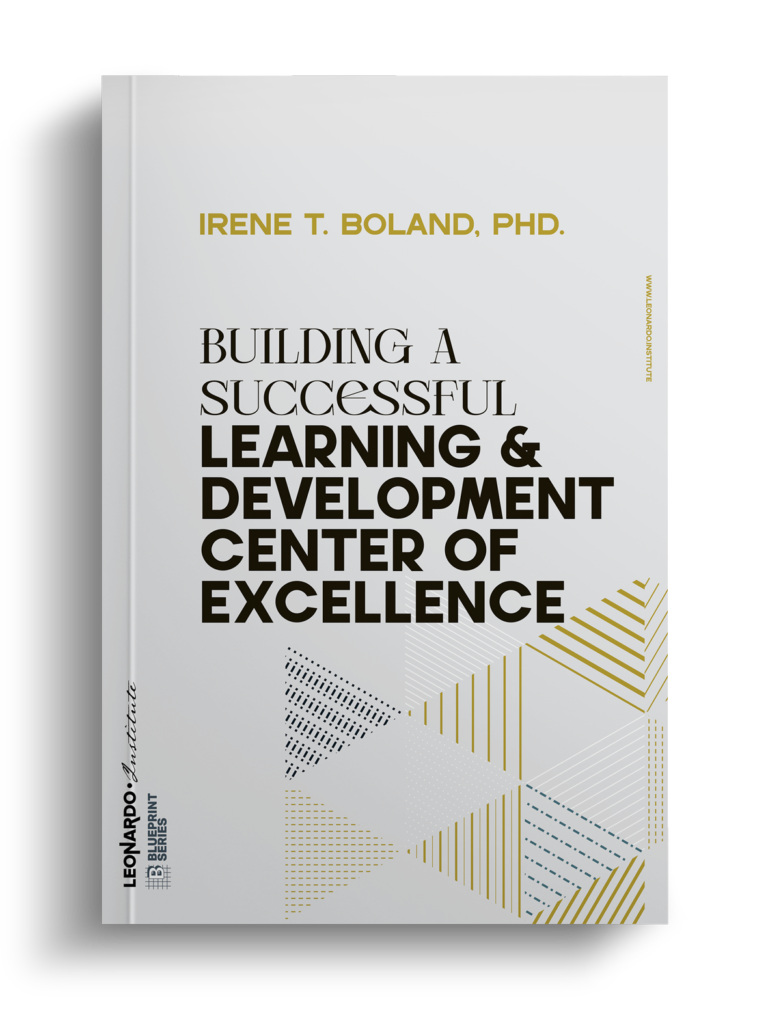Quick – what happened at work last week versus last quarter? Chances are, recent events come to mind far easier. Our brains prioritize the latest news, data, and experiences. But this recency bias can distort decisions by downplaying meaningful long-term contexts. Let’s explore strategies to complement recency with much-needed perspective.
The Pitfalls of Short-Term Thinking
Recency bias refers to placing greater emphasis on recent occurrences while minimizing or forgetting past events. For example, a sales manager may over-project current quarter’s revenue spike while undervaluing last year’s steady figures when planning budgets.
Recency bias affects performance reviews, strategy discussions, resource allocations, and more.
This reflexive focusing on the latest information constrains judgment. Recent but anomalous data wields undeserved influence. Meaningful variables like historical precedents and long-term impacts get overlooked if not immediately obvious.
Workplace learning professionals witness recency bias affecting performance reviews, strategy discussions, resource allocations, and more. While current realities hold essential insights, balance comes from blending new data with institutional memory.
Building Organizational Memory with Perspective
Countering recency bias involves proactively capturing, conveying, and integrating longitudinal perspectives into work cultures.
For instance, structured storytelling transmits past contexts and precedents forgotten in company lore. Interviewing veteran team members also provides reality checks on whether new ideas have been tried before.
Likewise, learning programs can teach analysis frameworks that balance recent metrics against historical baselines, trends, and range of past outcomes. This builds critical assessment skills.
Mentorships further bridge past and present by pairing junior employees with long-tenured advisors. Their guidance contextualizes current challenges and solutions.
Overall, combating recency bias means elevating viewpoints spanning both near-term observations and decades of experience. Layering these wide-angle lenses fosters panoramic thinking.
Putting it to Work
Here are some ideas for how to use what you have learned.
- When making decisions, require including metrics, examples, and precedents from the past 3-5 years, not just the latest data slice.
- Routinely interview long-serving team members about previous approaches tried, and have learners compare these to current proposals.
- Structure performance reviews to include feedback from peers who have worked with the person across multiple years and projects.
- Ask subject matter experts to share key lessons from their decades of experience during meetings and have learners summarize takeaways.
- Develop knowledge management systems with searchable records so historical contexts are accessible alongside new information.
The Takeaway
Like focusing only on objects near us, recency bias causes a myopic (distorted) view by exaggerating the recent and novel (different, unique) while downplaying the past. But just as peripheral vision complements our focal view, balancing near-term realities with long-term perspectives creates fuller situational awareness. Workplace learning professionals help organizations integrate both vantage points through storytelling, knowledge sharing, and structured analysis. With rich context, we see forward and backward to inform smart decisions.


